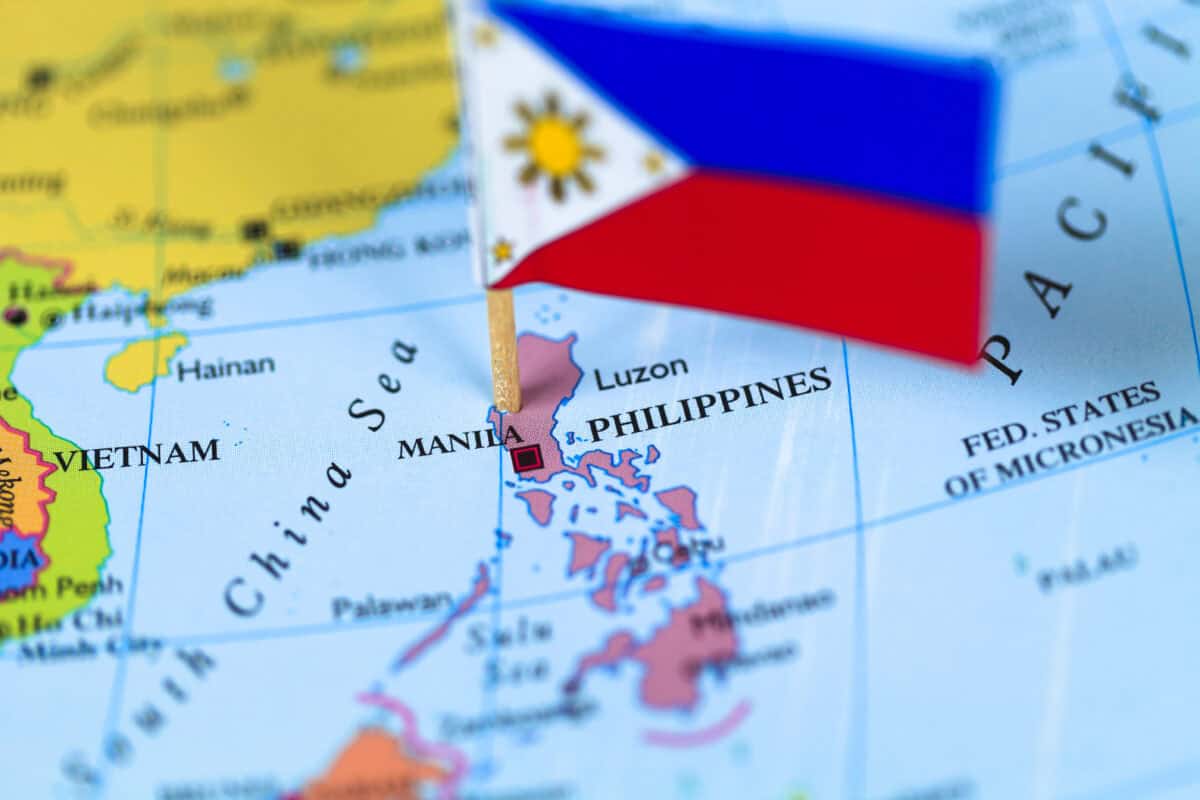
In 1851, the Bank of the Philippine Islands was established, making it the first bank in the Southeast Asia region. But how has the Philippines developed its financial ecosystem since then?
With over 7,000 islands and a population of over 115 million, the Philippines saw poverty rates decline from 23.3 per cent in 2015 to 18.1 per cent in 2021, despite the challenges of the covid-19 pandemic, according to the World Bank. Further findings from the World Bank, also found that the country’s gross domestic product (GDP) per capita was around $3,950 establishing the country as a low-middle income economy.
Nonetheless, the landscape looks promising for the Philippines. The Association of Southeast Asian Nations (ASEAN) has helped develop and diversify the economy by making infrastructure investments. Overtime, the financial services industry has grown, establishing a business and processing office (BPO) in the country which can rival India’s.
Government support
The metropolitan capital, Manila, is the financial hub of the country, although it is also the home for over 20 million people. Throughout the years, there has been a variety of support from the government, as well as indirect initiatives, that have contributed to the country’s digital transformation and financial development.
Firstly, there have been various national economic development and digital strategies to help boost economic growth, financial inclusion and standards of living. Perhaps its biggest achievement is the country’s central bank, the Bangko Sentral ng Pilipinas (BSP), with its BSP Digital Payments Transformation Roadmap 2020-2023.
Other key factors
Additionally, in June 2023, the BSP, supported by the International Finance Corporation (IFC) and the World Bank, launched the Open Finance PH Pilot. This marked a milestone in the establishment of an open finance ecosystem for the country.
The Philippine Statistics Authority (PSA) and the Department of Information and Communication (DICT) have also played a big part in developing digital infrastructure and the way data is used within the country. In June 2023, they launched the digital national ID which can be used as valid proof of identification and age. Furthermore, it can be presented in any government or private transactions. As of May 2024, over 87 million Filipinos have already been registered.
In recent years, the Philippines has developed a high mobile penetration rate at over 90 per cent and an internet penetration rate of over 73 per cent. This has allowed more users to access digital platforms and infrastructures merchants want to use.
While the BSP has played a vital part in accelerating the country’s economy, the Security and Exchange Commission (SEC) Philippines has also had an impact, creating the Philippine Finance & Technology (PhiliFintech) Innovation Office in 2021.
Notably, the Fintech Philippines Association is the largest financial technology trade association in the country.
Sectors of fintech flourishing
According to the Philippines Fintech Report 2024 from Fintech News Philippines, in partnership with Fintech Alliance PH with sponsorship from Alibaba Cloud and Zoloz, it is estimated that payments firms dominate the fintech ecosystem, with 35.4 per cent (116 companies) of all fintech companies being in the payments sphere. Lending is in second place with 22.2 per cent (73 companies), remittances in third place with 9.1 per cent (35 companies), and e-wallets at 7.1 per cent (29 companies).
However, the Philipino market is one to watch when it comes to e-wallets. By 2025, the country is expected to surpass 80 million registered e-wallet accounts, reflecting a threefold increase within five years.
Another noteworthy subsector is digital banks. Although relatively new to the Philippine ecosystem, as licenses are only being granted by the BSP, six entities have received a digital banking license:
- GoTyme Bank
- Overseas Filipino Bank
- Maya Bank
- Tonik Digital Bank
- UNOBank
- UnionDigital Bank
Other examples of fintechs emerging and succeeding in the Philippines include payment solutions GCash and Maya (formally PayMaya). Cryptocurrency has also seen development in the country, evident from digital exchange and wallet Coins.ph.
Recently GCash, made headlines in Asia as it was officially valued at $5billion following investments from Filipino conglomerates Ayala Corporation and Mitsubishi UFJ Financial Group (MUFG).
Breaking down what payment offerings there are in the Philippines, there has been an influx of mobile money and QR payment offerings in the country. In fact, many businesses have integrated these solutions to play key roles. As early as 2021, over a quarter of adult Filipino consumers were using QR code payments.
Investment
The Filipino fintech sector has also seen more foreign direct investment (FDI) and international trade. For instance, South African Tyme Bank have expanded to the country. Additionally, Middle East and United Arab Emirates (UAE) headquartered Careem Pay (owned by ride-hailing superapp Dubai-headquartered Careem, which got acquired by Uber), expanded its international remittance service to increase its accessibility to customers in the Philippines.
Despite the country’s progress, there is still much work that needs to be done. The Philippines heavily relies on remittances to make up its GDP: millions of its citizens working overseas send billions of dollars annually back home. In fact, the country is in the top five globally of largest recipients of remittances (the other four nations are Egypt, India, China and Mexico).
In terms of financial inclusion, the country has dramatically improved as in 2021, only 23 per cent of Filipinos had a bank account, while in 2024 this jumped to 56 per cent. However, even with conservative estimates, by the end of this year, at least 30 per cent of Filipinos will still be excluded.
